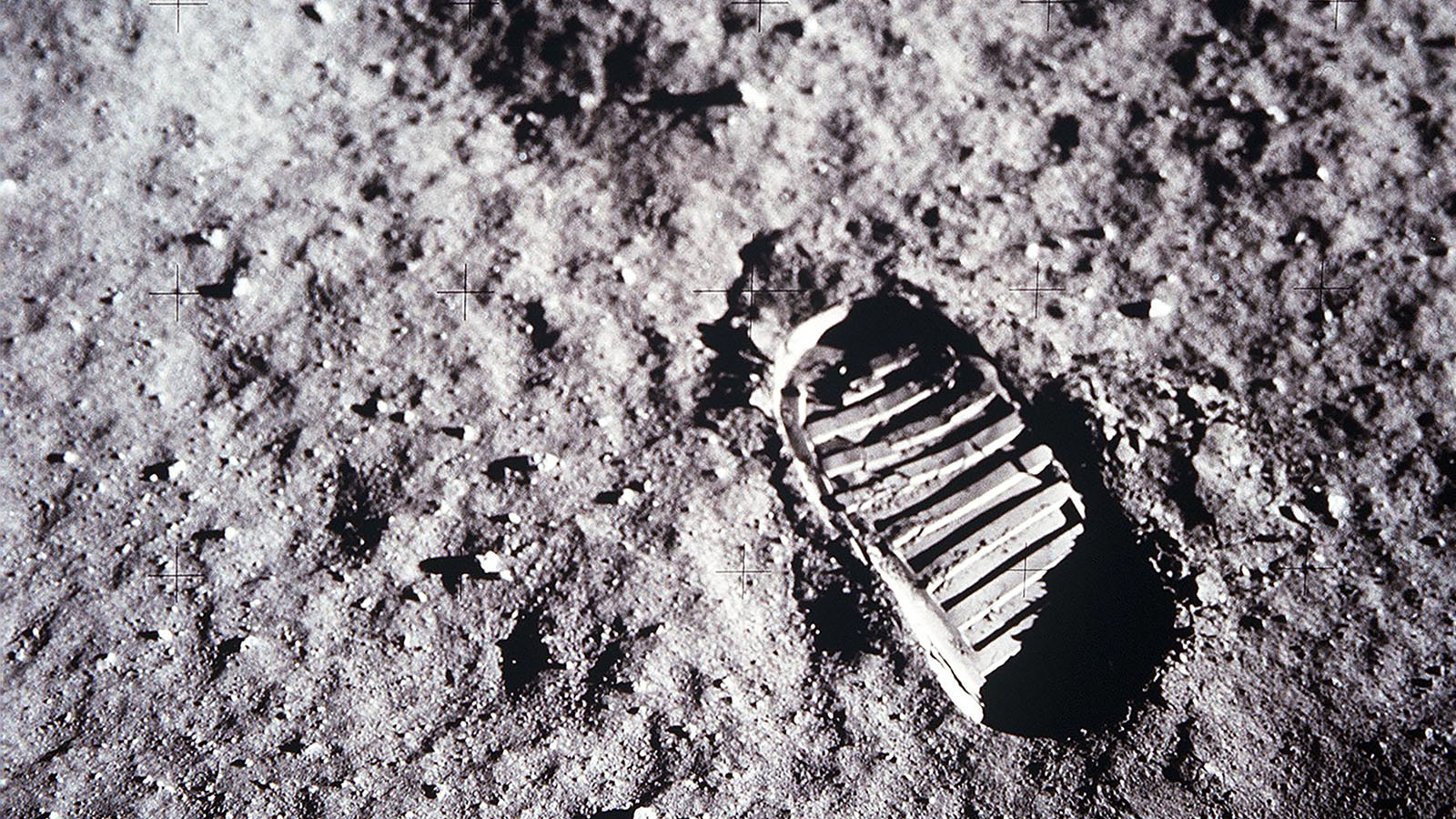Stay Up to Date
Submit your email address to receive the latest industry and Aerospace America news.
Want to decarbonize air travel by 2050? Bop around town in an electric rotorcraft a few years from now? Watch Americans return to the moon in 2025? Visit a moon base? Deter aggressors with hypersonic weapons or ride on a hypersonic aircraft?
None of these or other aspirations can be achieved in a timely way unless the United States and its friends sharpen their processes. More journalism and academic work needs to be done to find possible solutions to this collective slowing down of our ability to achieve moonshot-scale things.
Complaining is not solving. I’ve been hearing about our loss of Apollo moxie since I entered science and technology journalism in the early 1990s amid a debate over the kind of spacecraft that should replace the space shuttles. There’s still nothing better flying or even on the drawing board.
Most recently, a 2019 column by Victor Davis Hanson resurfaced on LinkedIn with its provocative headline, “Members of previous generations now seem like giants — When did we become so small?” The piece asks: “Does anyone believe that contemporary Americans could build another transcontinental railroad in six years?”
No one could plausibly declare “yes” to that question.
If someone has a solution to the slowing of innovation, they should speak up. Democratic and Republican administrations and Congresses have come and gone since the early 1990s, and none have wowed us like Apollo. We don’t have nuclear-powered probes in the Jovian system, hypersonic missiles deterring anyone, or Americans back on the moon. Some of these things are coming soon, but I’ve heard that before.
Here is a notional problem statement: “We must speed up the pace of aerospace innovation without causing environmental, societal or safety outcomes that outweigh the benefits of the innovations.”
What I mean is, we must not speed up the game by shredding the wrong regulations or by turning a blind eye to the collateral damage of what we do.
Green, clean electric rotorcraft will be a revolutionary mode of transportation, but we still need FAA to do its part to make them as safe as possible. Someone must decide where they should and shouldn’t fly to avoid harming neighborhoods, as happened needlessly with construction of the Interstate Highway network in the United States.
The free world needs better weapons than authoritarian regimes, but we need to develop those without adding more environmental Superfund cleanup sites. Being in a rush can’t be a license to pollute.
Balancing these seemingly incompatible priorities is a big ask, but it’s one scaled to meet the audacious goals the aerospace community has set for itself.
About Ben Iannotta
As editor-in-chief from 2013 to March 2025, Ben kept the magazine and its news coverage on the cutting edge of journalism. He began working for the magazine in the 1990s as a freelance contributor. He was editor of C4ISR Journal and has written for Air & Space Smithsonian, New Scientist, Popular Mechanics, Reuters and Space News.
Related Posts
Stay Up to Date
Submit your email address to receive the latest industry and Aerospace America news.




